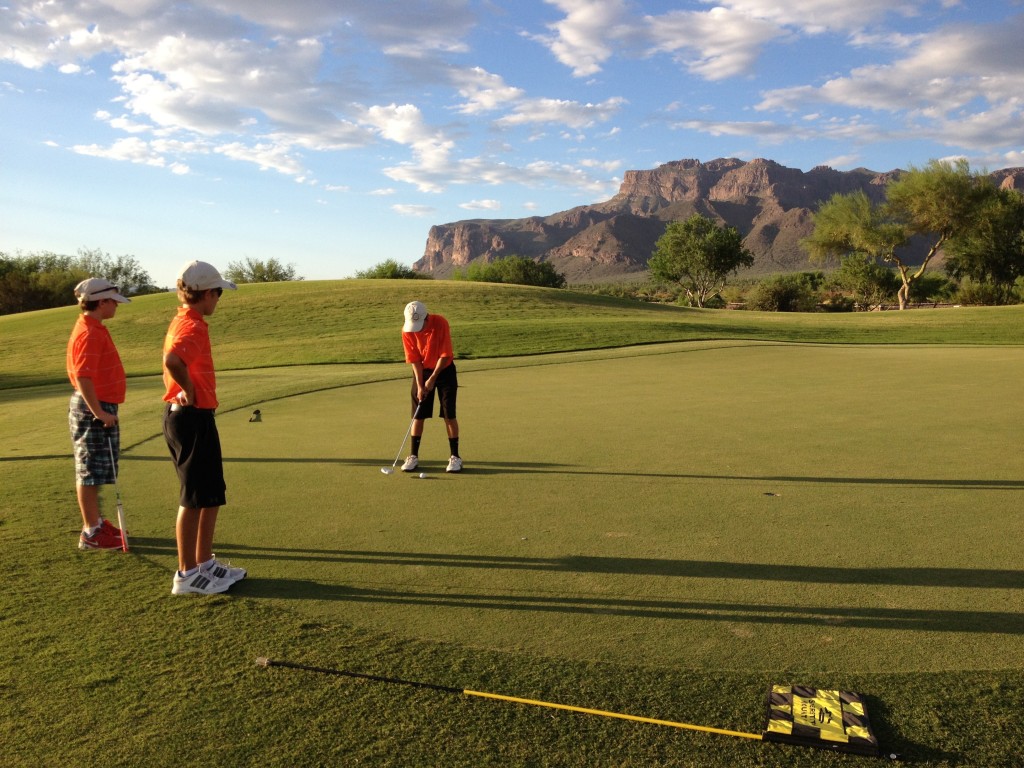By: Craig Hocknull
One of the greatest feelings in golf is to know that you are having a great day on the putting green. It seems like the full swing shots and short game shots are not quite as important because your putter is doing such a great job of saving your score. The logical question, however, is how can I have a great putting day every day? Every golfer should strive to be the best putter they can be. In this article, I will describe to you the three key areas to refine in order to become that solid putter.

Green reading is the most important element. Making sure you know which way is up-and-down and if the balls breaking left or right is the absolute most important factor. You’re dealing with gravity. Don’t get distracted by mythical pieces of information such as ALL putts break toward the ocean or ALL putts break away from that mountain. Each putting green has its own micro-environment with it’s own mountain ranges and valleys. As the golfer, it is your responsibility to identify these key areas on the putting green, so when you approach the green complex take note of the mounds and valleys. When you approach the green your number one task is to find the lowest point of the green and drainage for the water. Look around for actual drain caps that are beside the greens then visualize rain pouring down across the green and watch the rain move down hill as it flows off of hills and into valleys. Once you have a very good feel for how the slopes have been created across the entire green, take a look at your putt. The reason why this is an effective way to read greens is that you are less likely to see what you want to see and actually read the terrain correctly. You can also feel these slopes with your feet as you walk the terrain.
Take a look at the color of the putting green as well. if you see that the grass is a darker green, then you are seeing the shaded underside of the blades of grass and therefore you are looking at a section of the green that the water would drain toward. If you see the lighter colored grass, you are seeing the reflective side of the top of the blades of grass and this area of grass is draining away from you. If you can identify where these two areas meet, which can, in some cases, be a distinct line, you are observing either a ridge top or a valley bottom.
I have included a picture of a green with a stream of water on it so you can see how water moves off of the putting surface towards the drains.

It is my goal to help you play FUNdamentally GREAT GOLF! Enjoy looking at each putting green you play with this topographical perspective and begin recognizing the signs that will lead you to lower scores.



